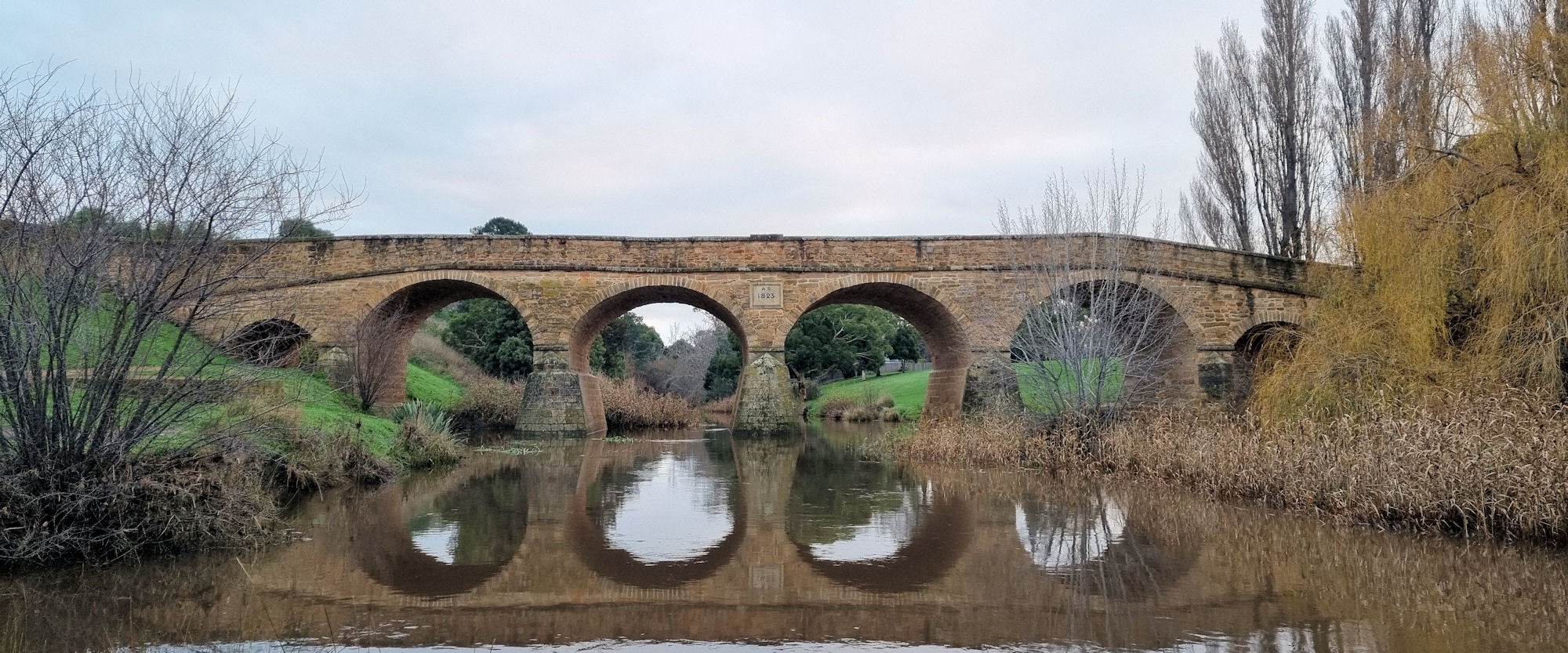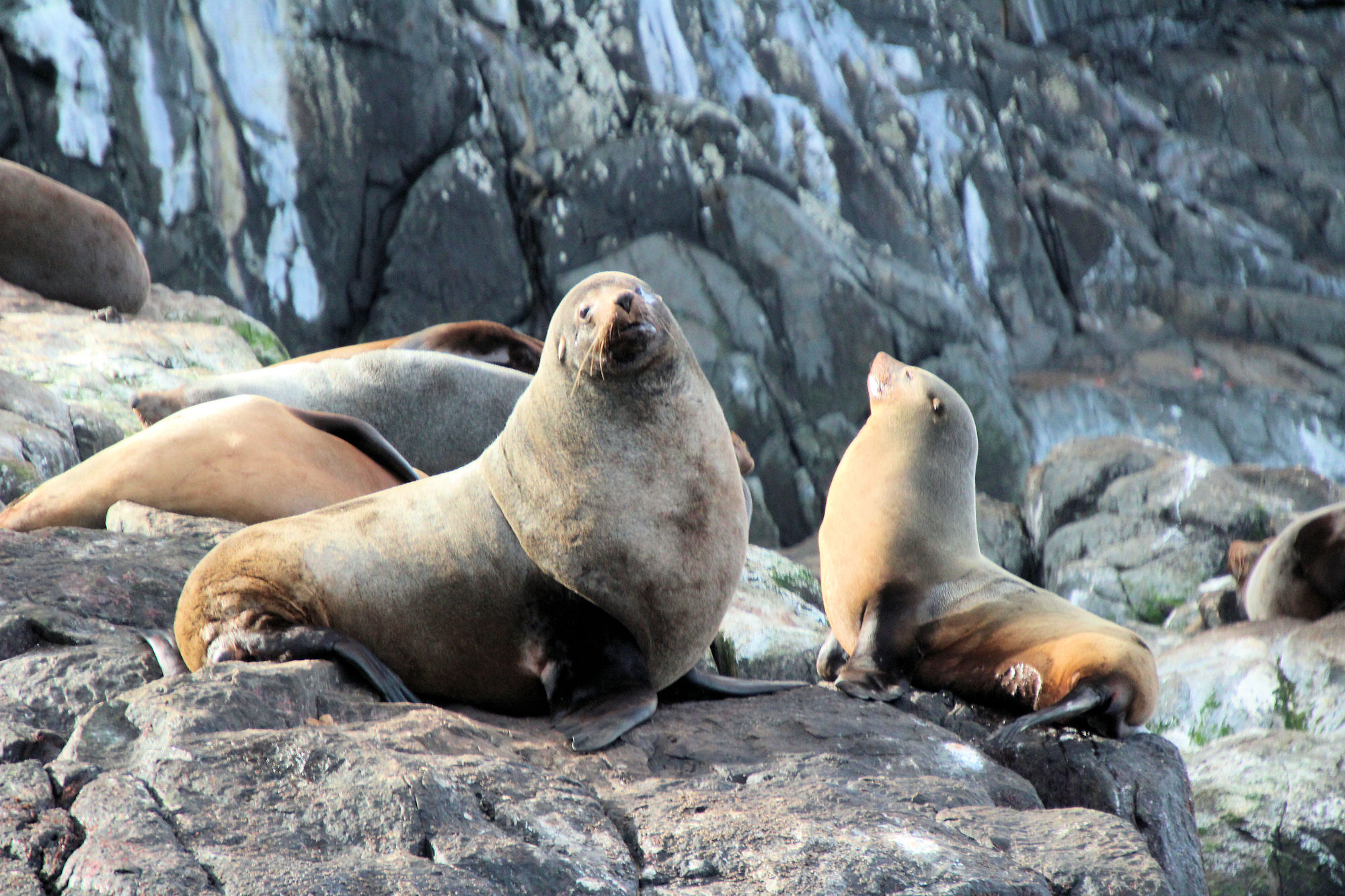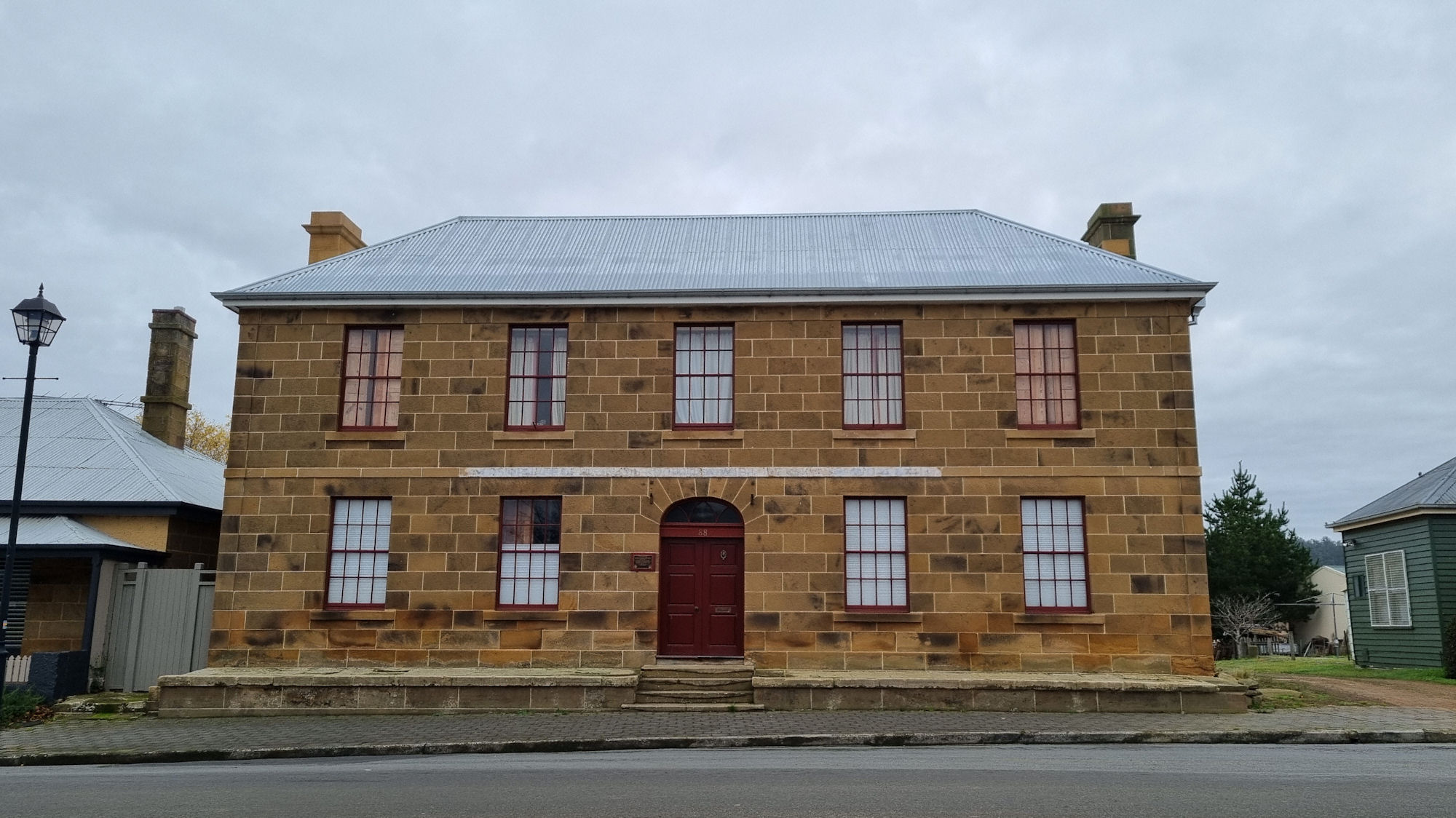Tag: Tasmania
-
Historic Richmond Tasmania

Richmond Tasmania Established as an important military staging post and convict station linking Hobart with Port Arthur, Richmond is one of the most popular tourist destinations in Tasmania. With over 50 historic buildings, most dating from the 1820s it’s a stark reminder of Tasmania’s convict past. Located only 20 minutes from Hobart Airport, we chose… Read more
-
Bruny Island Wilderness Cruise

Bruny Island Wilderness Cruise How to Get There The Bruny Island Wilderness Cruise leaves from Adventure Bay on Bruny Island. On arrival, park your car in the large carpark and make your way to the large building, where you check in and wait for the tour to start. From here, the guides will walk you… Read more
-
Oatlands Convict Buildings Tasmania

Oatlands Only one hour north a Hobart, or 90 minutes south of Launceston, Oatlands has an almost untouched Georgian townscape. We drove through on our way to Bruny Island from Ross early in the morning, so not much was open. After getting our morning coffee, we walked along the main street admiring the old sandstone… Read more